Titanium Takeover: The Rise of the Ultimate Watch Material
The year was 2004. Boeing was under significant pressure from Airbus. The company needed to become more competitive. They had a challenging task: to develop a new airplane that could carry 25% more passengers, fly point-to-point routes up to 8,500 nautical miles, and do all that while using 20% less fuel. On top of everything, they didn't have the money and time for extensive research and development, tests, and innovations.
![]() Nenad Pantelic • January 30, 2024
Nenad Pantelic • January 30, 2024
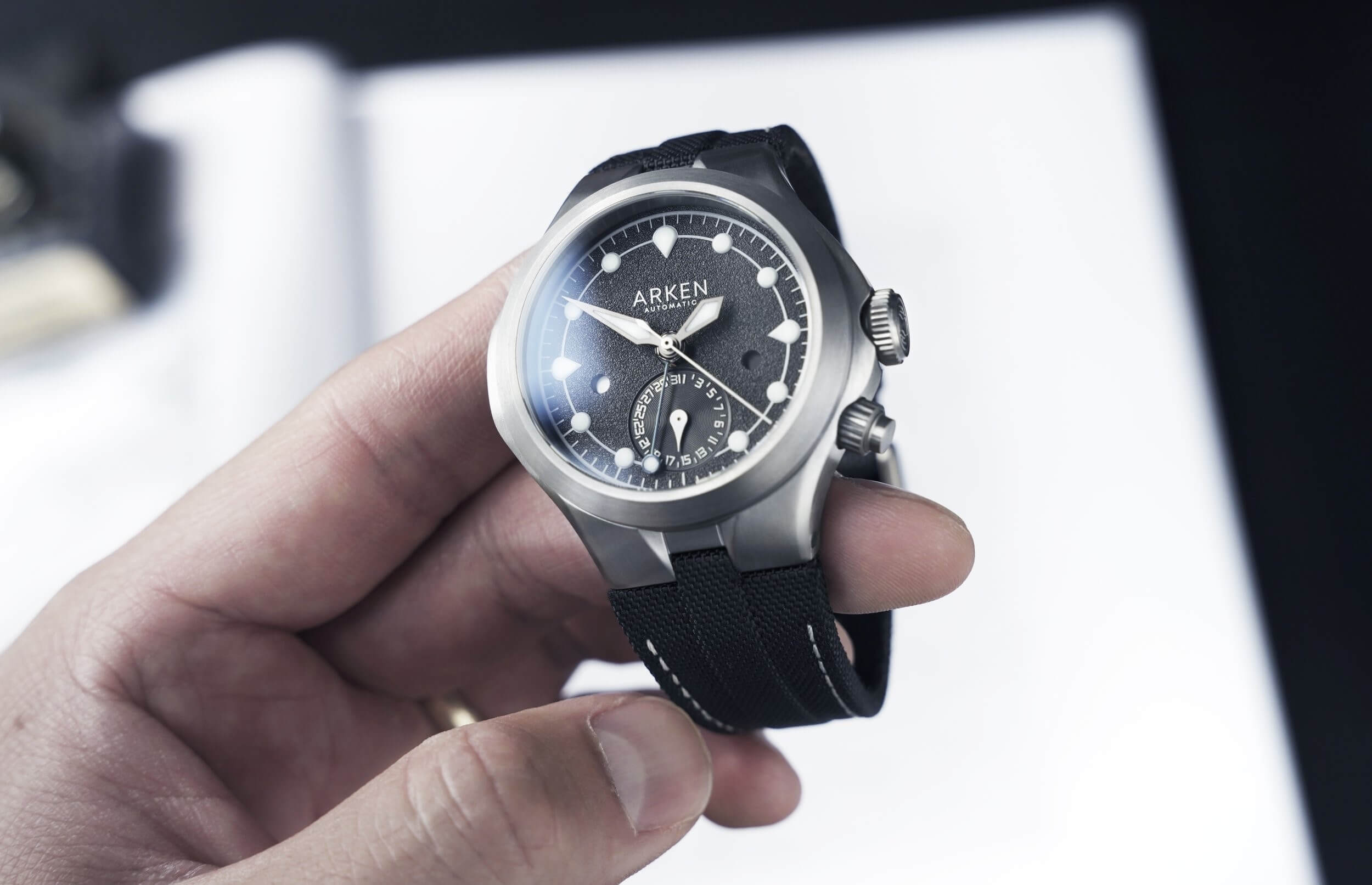
So how dis Boeing engineers solve all the challenges? They decided to use a new material in airplane's construction - composite material, particularly carbon fiber-reinforced polymers.
Traditionally, aircraft were built using aluminum, but the 787 Dreamliner's design took advantage of carbon composites for around 50% of its structural weight. Today we remember the 787 as the first airliner with an airframe primarily made of composite materials.
Simply by looking into the properties of new materials engineers were able to solve most of their challenges.
So how this translates to the world of watches?
Easy. Instead of doing crazy engineering in order to reduce case sizes, increase water resistance, reduce weight, and make the watches more wearable, companies should use titanium more often.
Let's explore this further!
Titanium Adoption Easily Addresses the Concerns of Enthusiasts
As a dedicated watch guy who has been closely following the watch industry's trends and developments, I can't help but notice the shift in preference towards smaller and more manageable watches, even in the segment of sport watches.
One common scenario in the watch community, whenever a brand introduces a 41+mm sports watch, is a wave of comments from enthusiasts expressing their preference towards smaller variants. The reality is that many watch enthusiasts find these larger and heavier watches cumbersome and impractical for daily wear.
I think that the wish for a more compact and lightweight option is a recurring theme that watch brands cannot afford to ignore.
Traditionally, fixing the demand for smaller watches required huge research and development efforts to reduce the case size and thickness without compromising the watch's structural integrity. This is a costly and time-consuming process for watch brands. But, the introduction of titanium as the primary case material provides an elegant and efficient solution.
Why All the Hype About Titanium?
Did you know that there are 92 metals in the periodic table? But, only some of them are found in their pure metallic form in nature. Titanium happens to be one of these native metals. It is the ninth-most abundant element in Earth's crust.
Here are some of the top properties and features of titanium:
Lightweight: Titanium is most-known for its high strength-to-weight ratio. It a weight is a concern, then titanium is an ideal solution.
Corrosion resistance: Titanium has exceptional resistance to corrosion, even in harsh environments, due to an oxide layer that forms spontaneously.
Low thermal expansion: Titanium has a low coefficient of thermal expansion, meaning it expands and contracts minimally with temperature changes. That is why a titanium watch doesn't feel cold when worn.
Non-magnetic: Titanium is non-magnetic, which is an advantage if you wear your watch near electronic devices and stronger magnetic fields.
Excellent strength: Titanium is as strong as steel but approximately 45% lighter, offering superior strength without sacrificing weight.
Ductile: Titanium can be easily formed and shaped into various shapes. That is a positive feature in the watch industry.
Hypoallergenic: Titanium is non-toxic and hypoallergenic. Watch rash is very rare occasion if you wear titanium watch.
Great For Straps, Too
One of the common challenges with large, heavy sport watches is their top-heavy nature, which can make them uncomfortable to wear on straps. Standard stainless steel cases require bracelets to handle the weight, limiting the options for wearers who prefer the comfort of a strap. With titanium, this problem is effectively solved. The lightweight nature of titanium allows for more balanced, comfortable wear, even when awatch is paired with a strap.
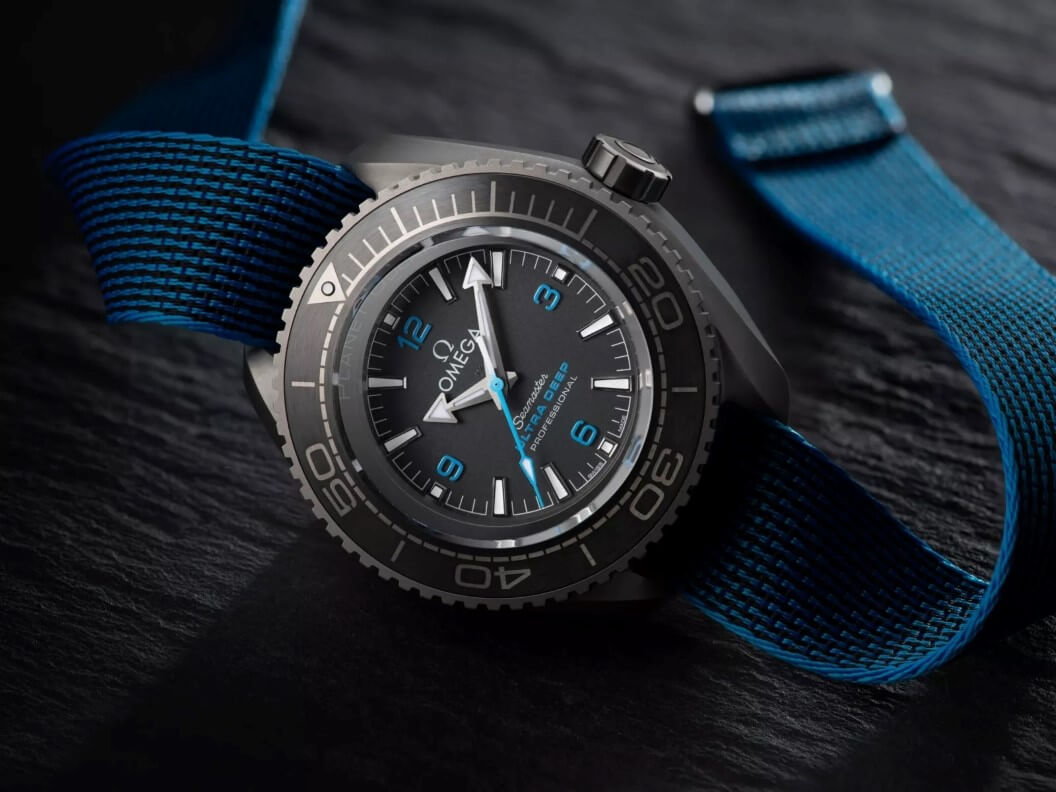
Grade 2 or Grade 5?
If you are new to watchmaking, you might not be aware that titanium comes in two grades: Grade 2 and Grade 5.
Grade 2 is pure titanium, while Grade 5 is an alloy that contains 6% aluminum and 4% vanadium. Grade 5 is harder than Grade 2.
So, if you are looking for a more durable watch, you might want to consider Grade 5, also known as Ti 6Al-4V. You will find it in higher-end manufacturing, while lower-priced alternatives typically use Grade 2.
My Experience With Titanium?
My affinity for titanium watches runs deep. I did tons of research before getting my first one. Yet, even after my initial purchase I found myself drawn to every new Ti watch release. It is almost as if I have joined a secret society - a tribe, if you will. Interestingly, I have discovered that I am not alone. Others share the same connection to titanium watches.
One of the most significant features of titanium is resistance to scratches. Unlike stainless steel, which may accumulate visible scratches over time, titanium tends to develop marks that can easily be buffed out with a gentle rub.
The lightweight nature of titanium makes it feel almost weightless on the wrist, allowing for extended wear without any discomfort. In fact, titanium watches are so comfortable that I often find myself wearing them even while sleeping.
But as a downsite titanium does have a more subdued appearance compared to other metals. While stainless steel may have a shiny, reflective surface, titanium tends to have a duller finish. This lack of shine may not appeal to you if you prefer flashy, attention-grabbing watches. There are exeptions of course. Just search for the photos of the newly released Grand Seiko SLGW003.
Who Does It Well?
Several modern watch brands are using titanium to create some really cool watches. Here are some noteworthy brands that are leading the way:
Arken: Arken is a newcomer to the watch industry, but they are quickly making a name for themselves with their innovative designs and amazing engineering. Their titanium watches blend brutalist aesthetics, organic designs, and incredibly tight tolerances. Arken is slowly gaining recognition beyond their niche communities.
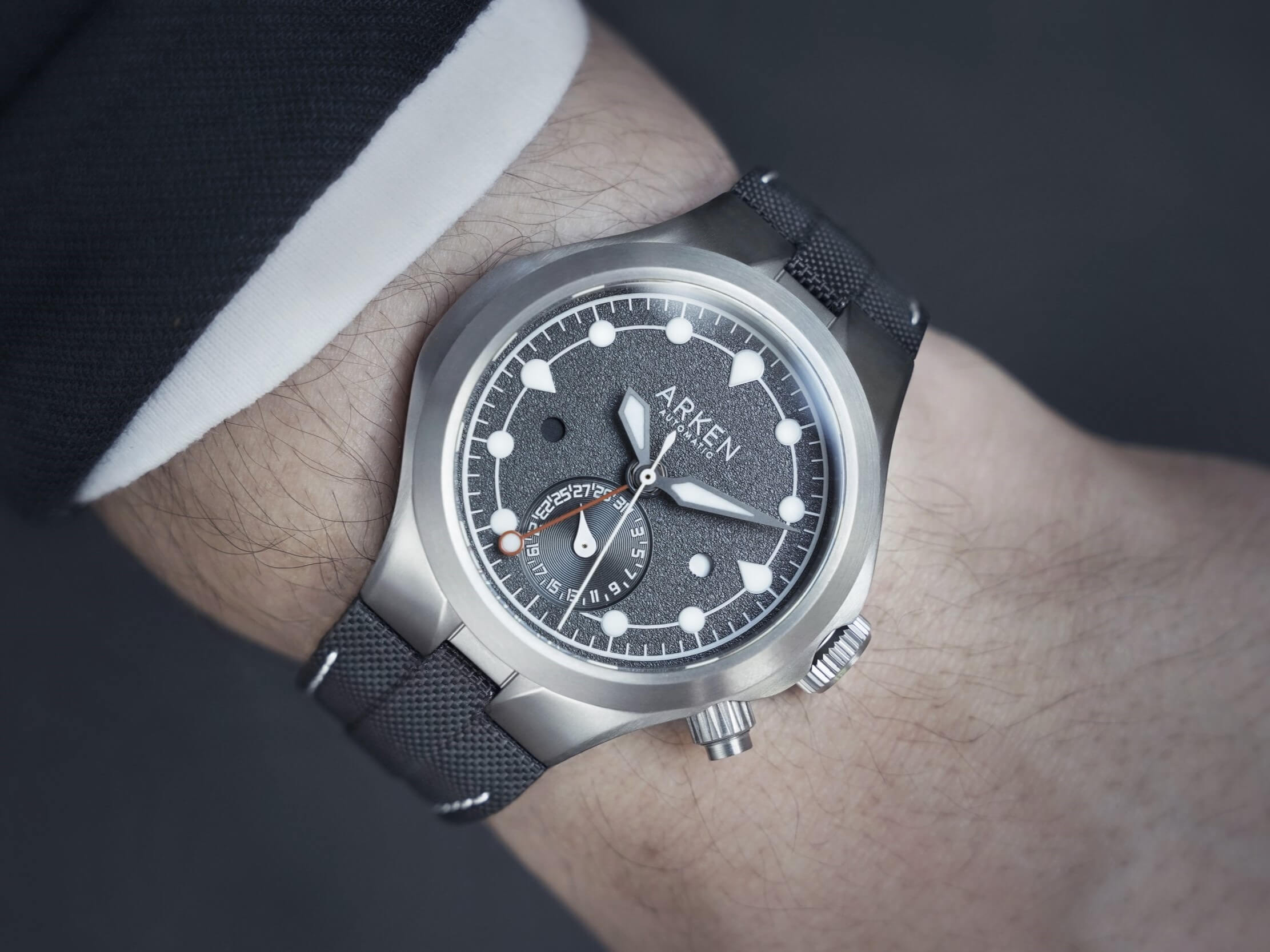
Boldr: If you are an adventurer or outdoor enthusiast, you will love Boldr's collections. Their smaller field watches, mostly on straps, have unique angular case designs and come in a variety of dial colors that are sure to catch your eye.
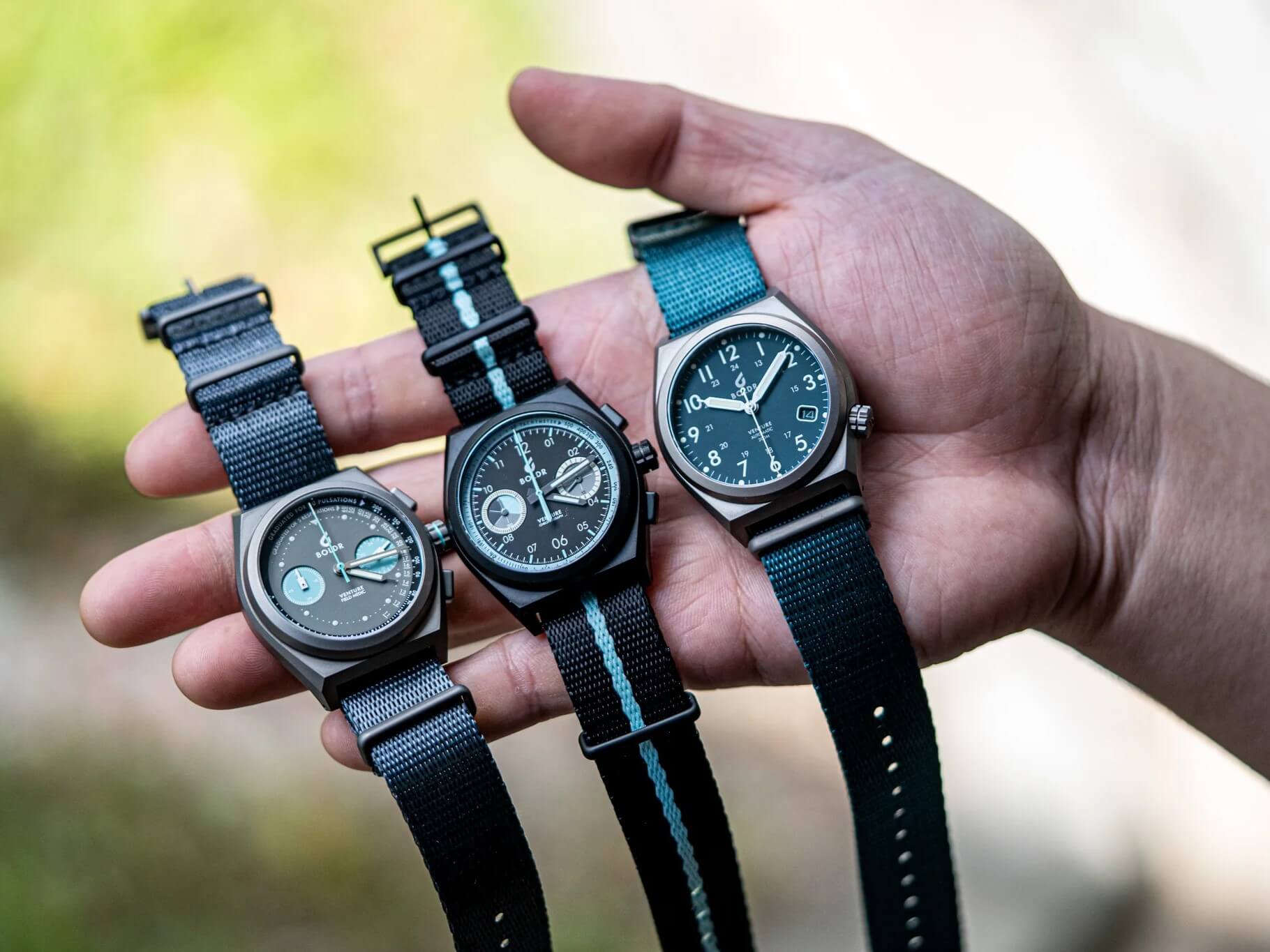
RZE: RZE is a micro-brand that was one of the first to offer titanium watches on bracelets. They have a diverse range of watches, from field to divers and chronographs, with elegant and minimalistic designs. You will find different case shapes and sizes to choose from too.
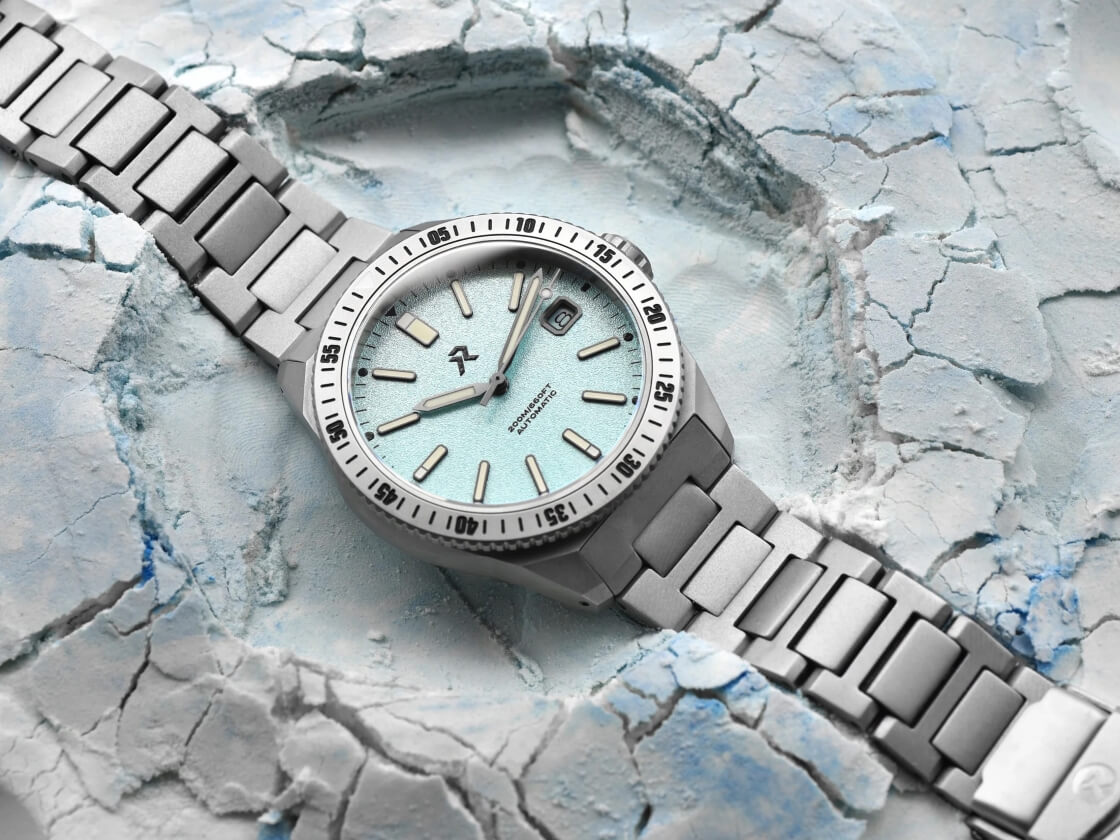
Scurfa: Scurfa creates practical and reliable watches for professionals and enthusiasts alike. Their titanium watches are popular among divers, military personnel, and adventurers because of their durability and resilience in challenging environments. The owner, Paul, is a saturation diver himself, and he tested all his watches during his underwater missions.
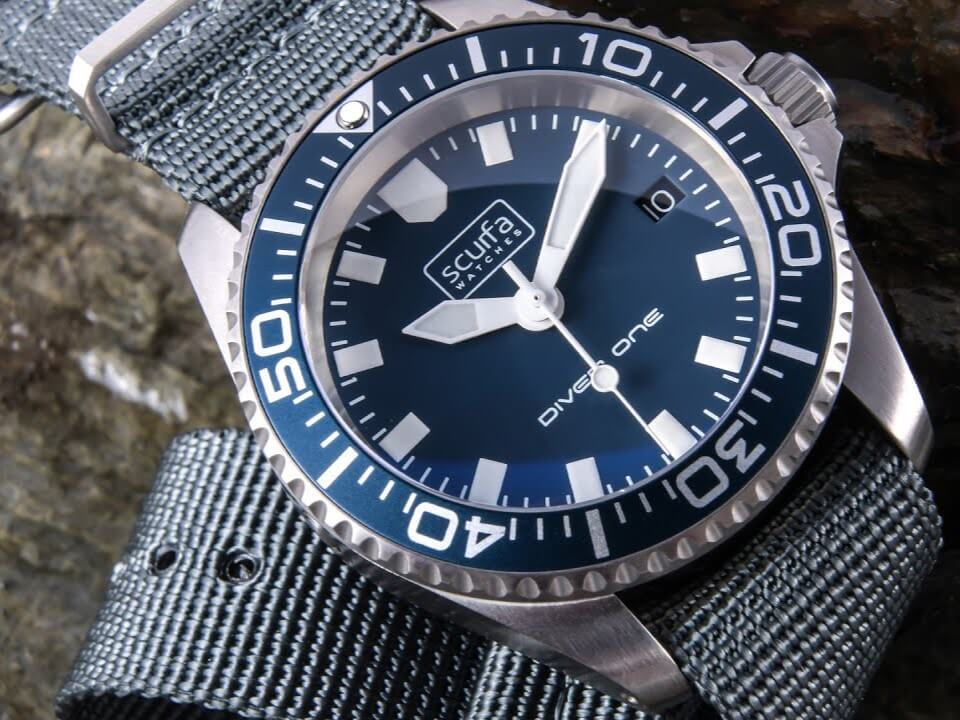
Tudor: Tudor, a subsidiary of Rolex, is well-known for its quality and great value in the luxury segment. They have recently started using titanium to create lighter and more resilient watches. It all began with the original 42mm Pelagos, and now there are numerous models with regular case designs or with cases featuring integrated fixed strap bars.
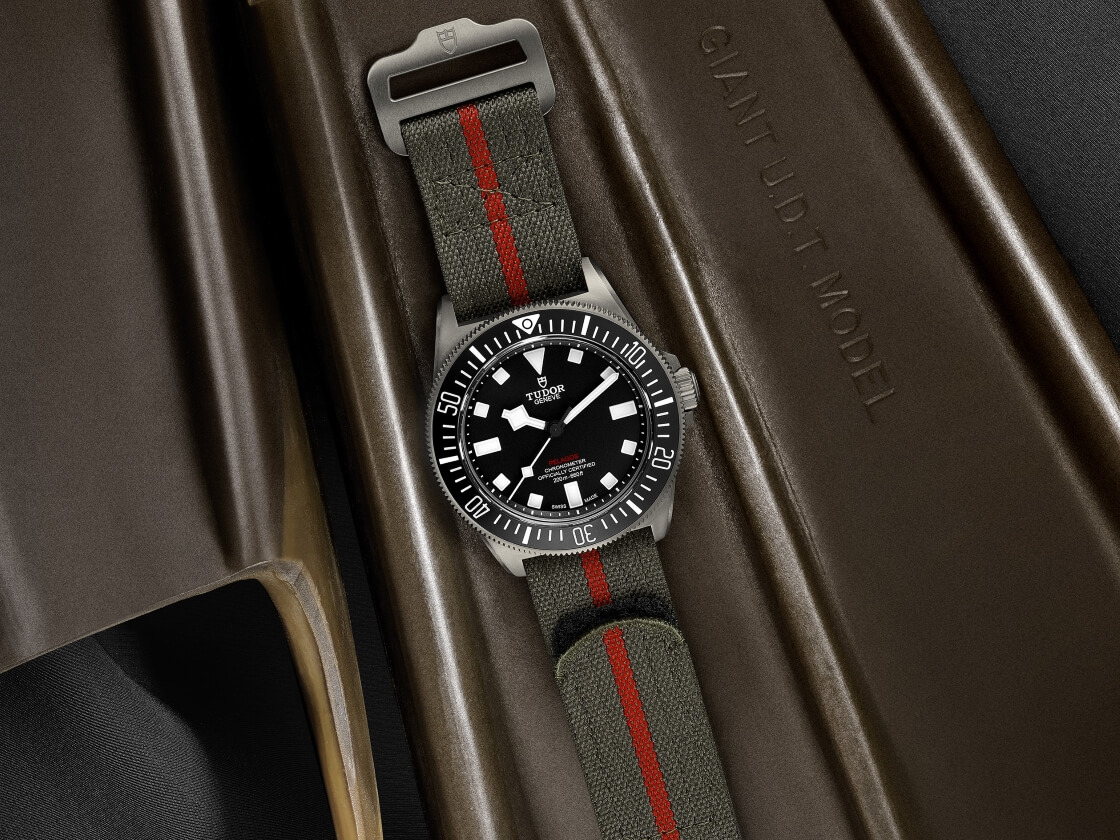
Bringing It All Together
OK, I will say it: No matter your lifestyle, titanium watches offer a clear advantage!
They are incredibly comfortable for everyday wear. Unlike heavier metals, they won't weigh down your wrist, and their light construction makes them perfect for pairing with various straps. Gone are the days of a bulky watch flopping around. StrapHunter approved!
Honestly, titanium feels like it is opening the door for a whole new generation of sports watches. I am totally sold on titanium, and I can't wait to see what crazy cool designs brands come up with next.